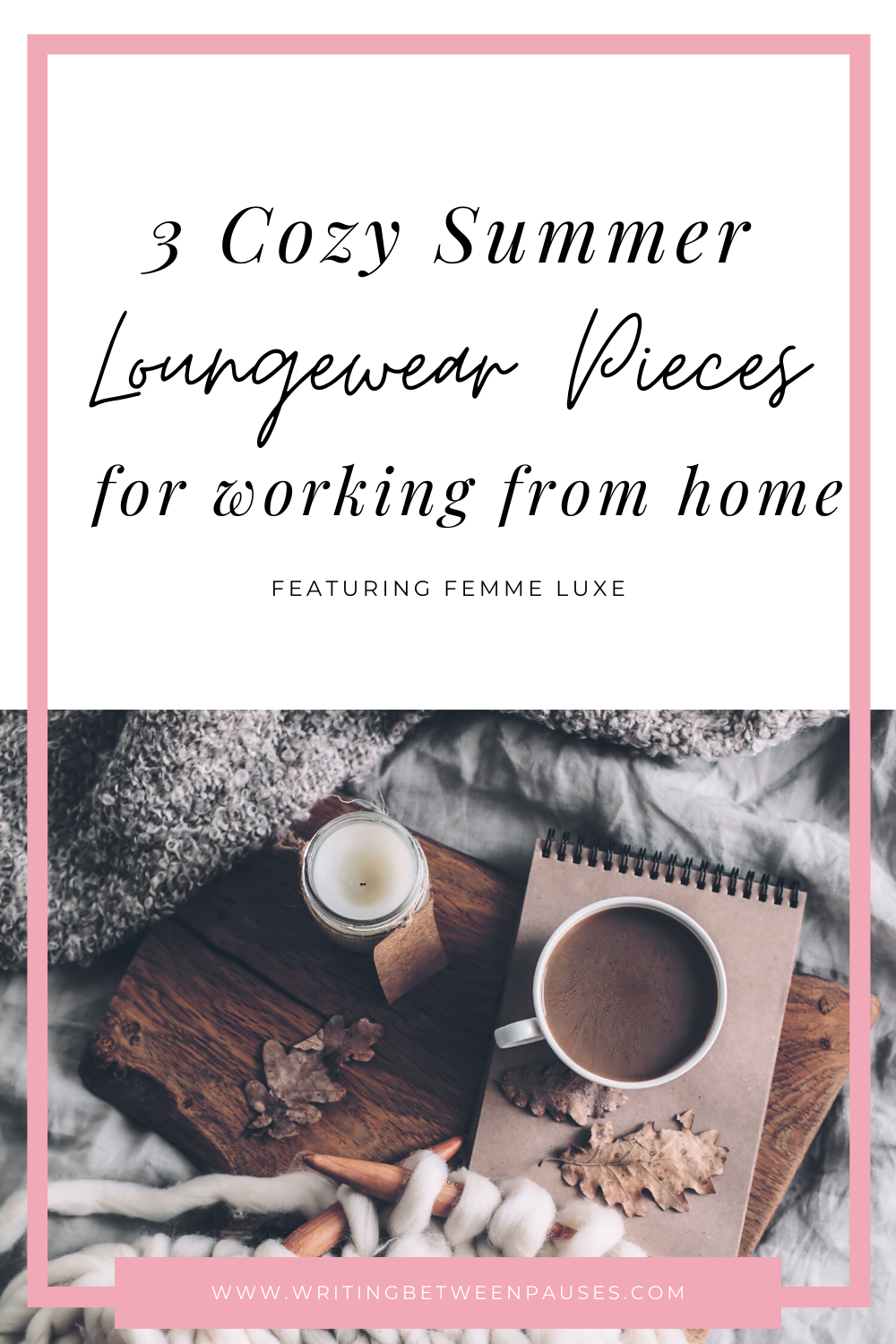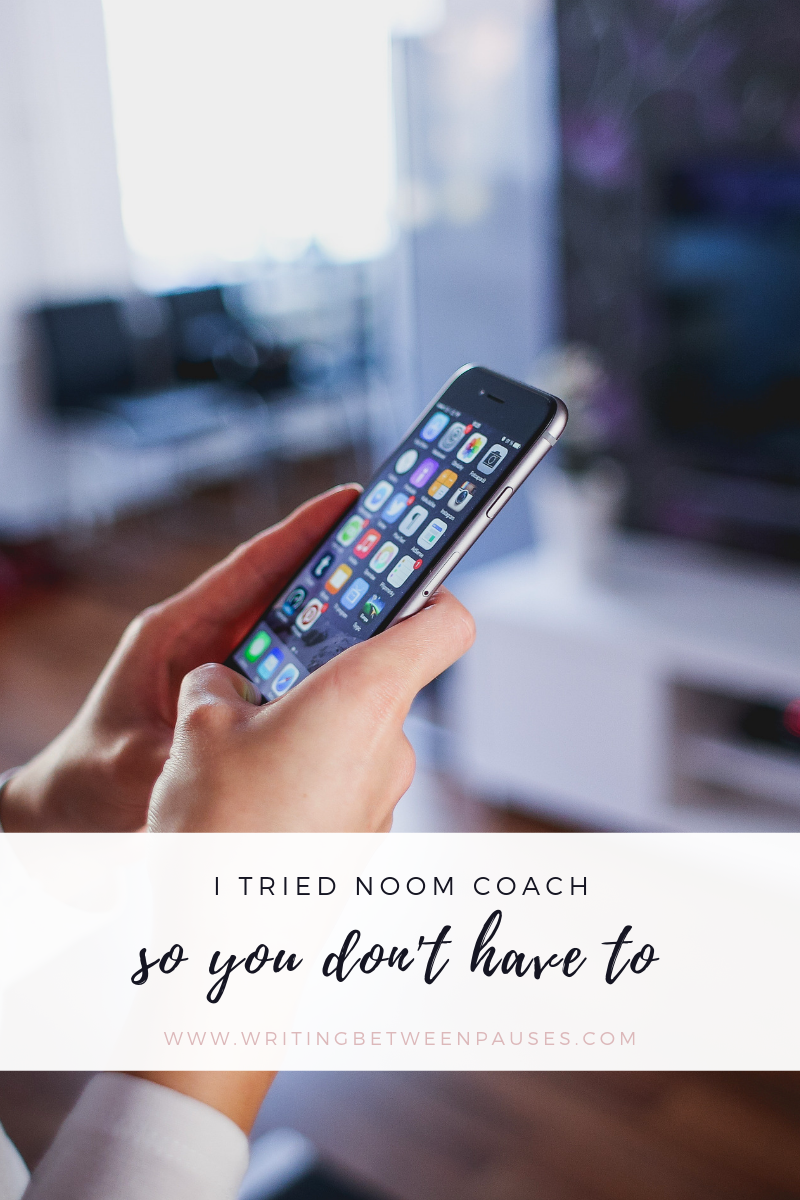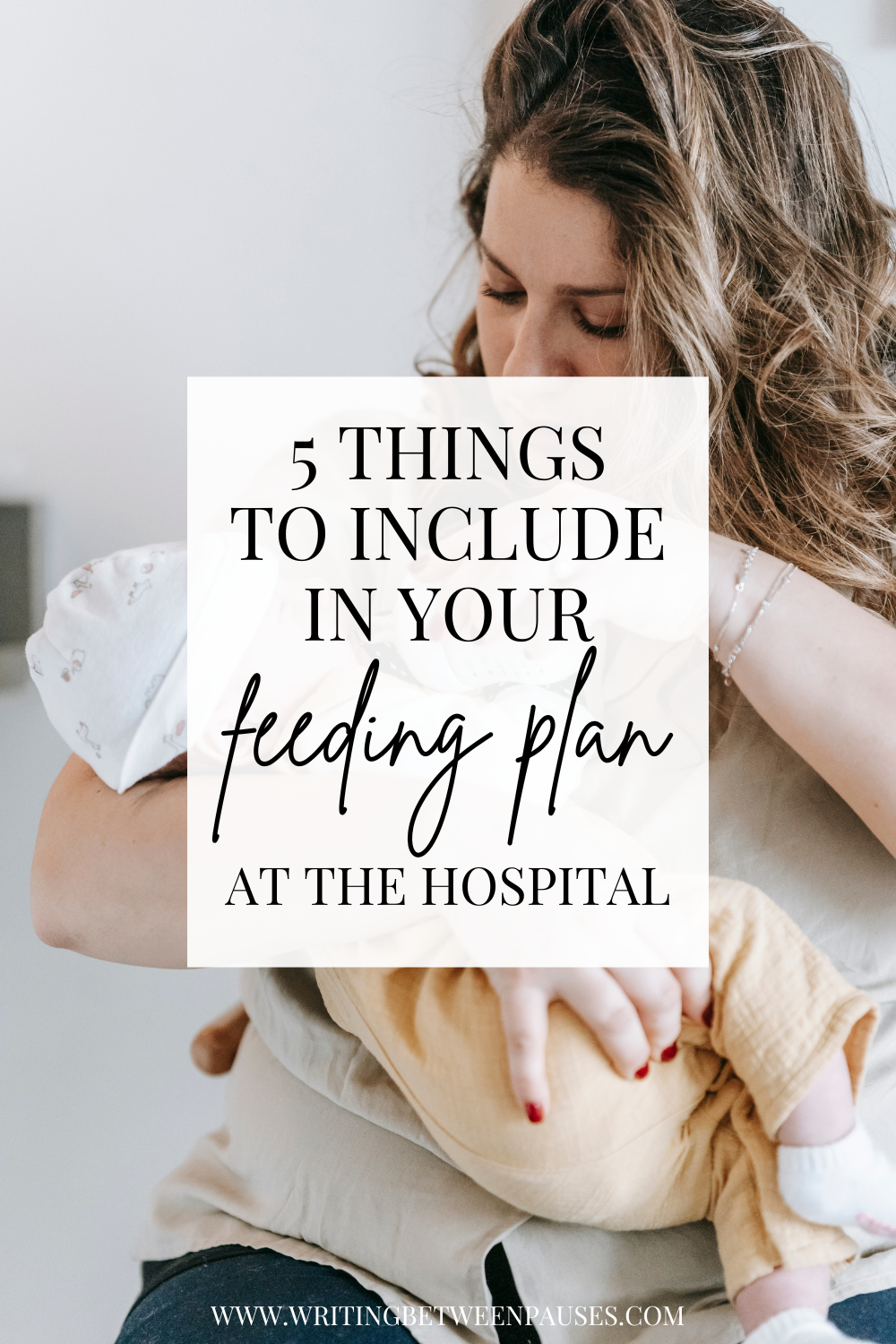2016 was a big year for me in terms of learning to budget and, most importantly, learning to save money.
I've always been what financial types call "a spender." That isn't to say I didn't save money; I did. I regularly went through phases where I saved more than I spent, mostly because I was lucky enough to not need to spend all my money on boring things like bills. I've also, however, gone through periods of time (especially when I was a teenager and right after college) where I spent every penny I made every single paycheck.
That's not a super fun way to go through life, but you live and you learn, I say.
However, 2016 really changed things for us. Why?
Firstly, Forrest's birth was considerably more expensive than we thought it would be. I was in the hospital for a total of 10 days (that bill still makes me cringe) and Forrest was in the hospital for a total of 7 days. Yeah, you read those numbers right. That's 17 days being billed between us, plus labs, medications, and everything else.
Secondly, because breastfeeding didn't work out for us the way I always planned, we ended up spending a lot of money on feeding supplies: bottles and sanitizers I didn't buy, a bottle drying tree, bottle drying brushes. And then, as time went on, formula. Have you ever looked at how expensive formula is? A 3-day supply (a single can) costs around $17.99 for the more affordable brands. Seriously. By the time Forrest was 8 months and exclusively formula fed, we were spending about $40 a week on formula.
All these expenses meant it was time to really get a lock on our finances and start saving money. Mainly, I wanted to have more in savings for a rainy day, plus we have some goals for ourselves. Thanks to some clever budgeting and payments, we're going to pay off our car in half the time.
When it comes to saving money, however, it's often the big, unchangeable expenses that can blow your budget. Most people spend more on rent, food, and utilities than they would like. Without those expensive payments, it was be easy to save money! However, I do believe there are a few little things that anyone can cut out to help them save a little money.
So, these are the 3 things I stopped buying in 2016 to help us save extra cash.
1. Impulse grocery shopping.
My husband and I both got into a very bad habit of stopping at the grocery store every single day. Oh, I want a soda? It's only $2 at the grocery store! Want something a little extra for dinner? Swing by the grocery store! We were regularly doing our grocery shopping, plus we'd spend $5-20 every other day or so. Individually, that doesn't sound like a lot. But if you spend $5 at the grocery store, or convenience store, every single day, plus do a weekly grocery shopping trip, you're breaking your budget.
Now, I set a grocery budget ($70 a week, usually) and stick to it. We're lucky in that we only have one, small toddler at the moment, so it's easy to stick to $70. And if we need something at the store that I forgot, well, that's just too bad! I put it on the list for next week.
2. Take out.
Another bad habit: picking up dinner on the way home. Lots of couples do this and it's easy to think, "Oh, this $10 pizza isn't a huge deal!" But if you're buying groceries plus spending $10+ on dinner every night... then why are you buying groceries again? One week, we ended up spending something like $120 on food and I put my foot down! There is no way two people need $120 worth of food in a week! We were wasting groceries and wasting money. So now, we eat at home and that's it. Once in a while, we will have a planned treat, but we budget for it and I don't buy groceries for that day. We've saved so much money this way! Plus, we aren't throwing out food anymore. We use what we buy.
3. Lunches.
My husband and I got very used to buying lunch every day at work. But once we had Forrest, that just wasn't possible anymore. I was the first to stop getting lunch every day, which saves us an extra $15+ a week. Then, finally, my husband relented. Every week, I make him 5 breakfast burritos and 5 lunches to take to work; this saves us over $25+ a week, considering my husband would often stop to get breakfast and then get lunch!
It's amazing how a little thing like grabbing a sandwich or a donut in the morning can add up, but it really does. It's also very easy to get into patterns of going to the bagel shop for lunch every day. Now, I make my coffee at home and I pack something small for lunch (usually a cheese stick, an apple, and a bit of leftovers from dinner), and I don't have to worry about spending the extra money!













































